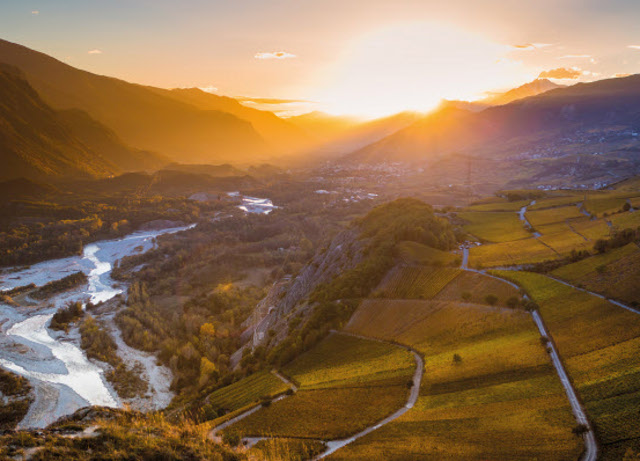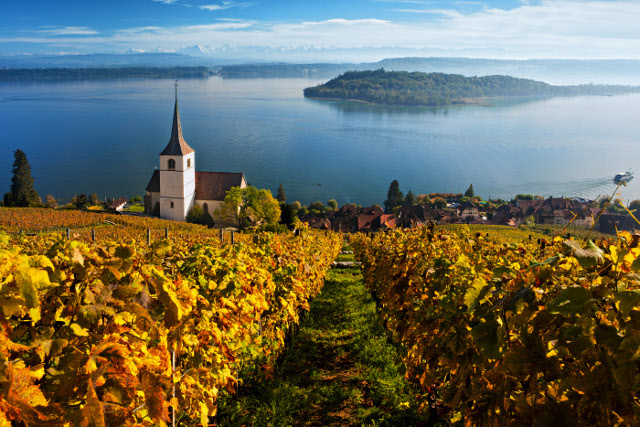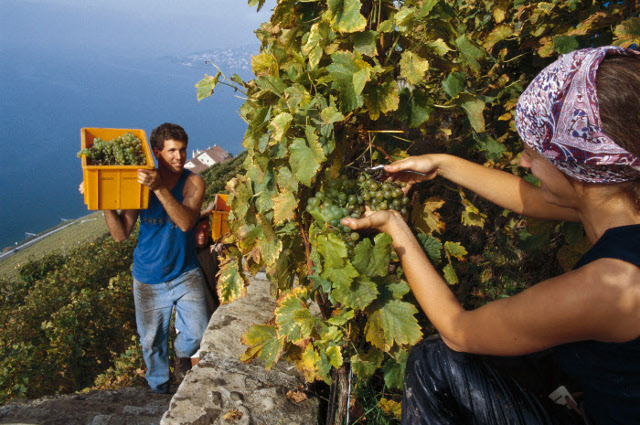



Swiss wine is one of Switzerland’s best-kept secrets, since it’s not widely known internationally as a wine-producing country. As vineyards throw open their doors to visitors in ‘open cellars’ season, The Local raises a glass to the Swiss wine industry.





Member comments